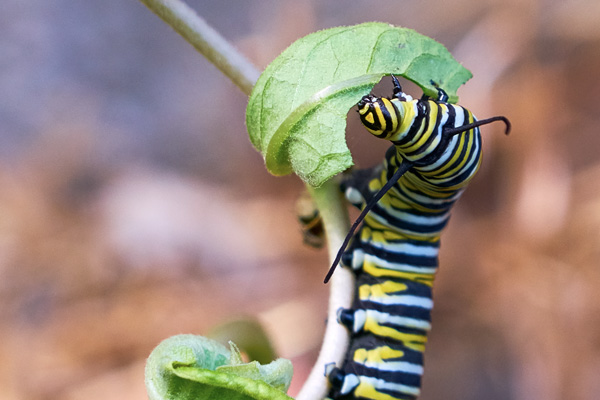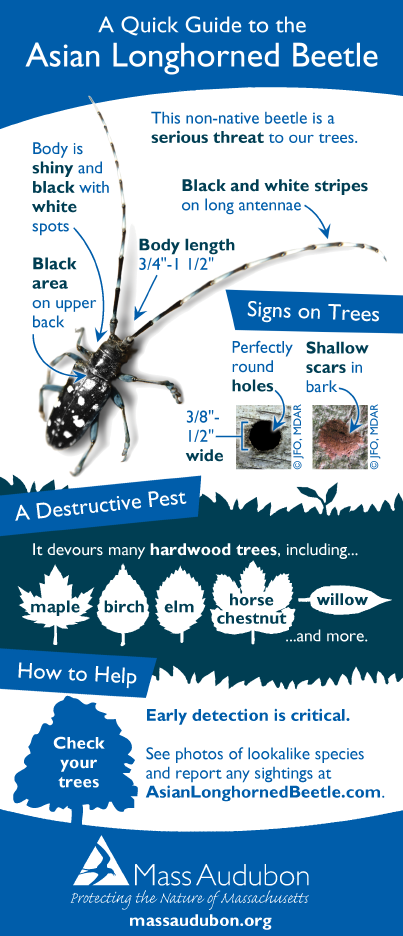What on earth are caterpillars, anyway?
“Caterpillar” is a common name for the “larval” (immature) stage of insects of the order Lepidoptera, a.k.a. butterflies and moths.
Finding caterpillars in nature is not easy! The easiest way is to look on their preferred host plants. Monarch butterfly caterpillars, for example, prefer to eat milkweed plants, so that’s where you’re most likely to find them hanging out.
If you love butterflies and caterpillars, you’re in luck! The 10th Annual Butterfly Festival at Broad Meadow Brook in Worcester is this Saturday, August 12. There will be activities for kids including face painting, an obstacle course, a story tent, and nature-themed arts and crafts, as well as a Caterpillar Lab with caterpillar expert Sam Jaffe.
To celebrate these cute, crawly creatures, here are five caterpillar images from our Picture This: Your Great Outdoors Photo Contest. The 2017 photo contest is open now, so enter today!
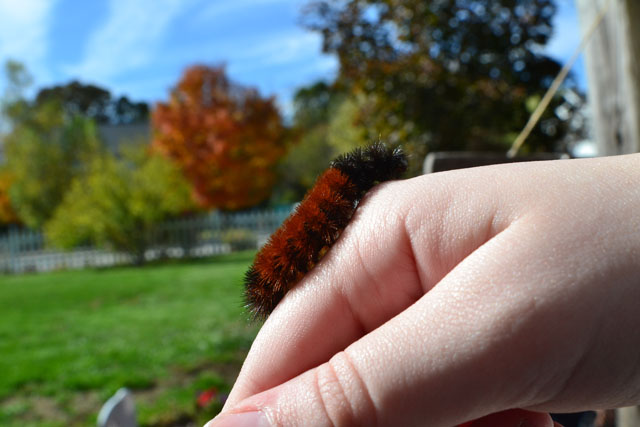
Isabella Tiger Moth Caterpillar (a.k.a. “Wooly Bear”) © Callie Bucchino—Wooly Bears are unique for being commonly identified by their larval stage rather than their adult stage.
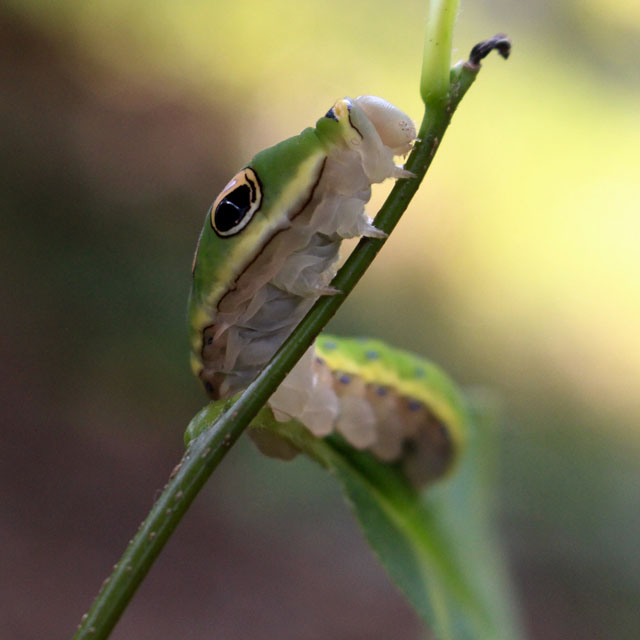
Spicebush Swallowtail Caterpillar © Brendan Cramphorn
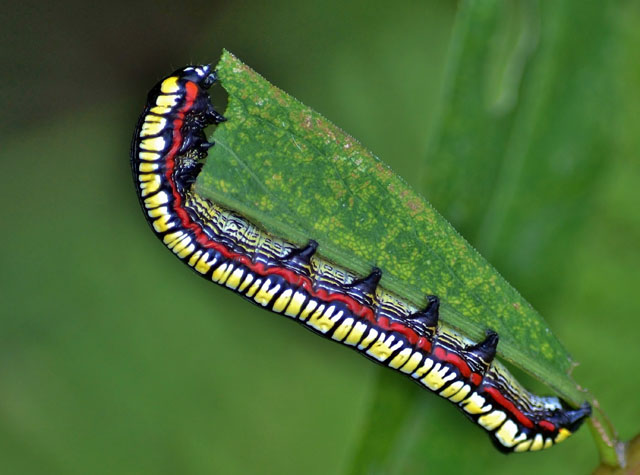
Brown-hooded Owlet (Cucullia convexipennis) © Ron Verville
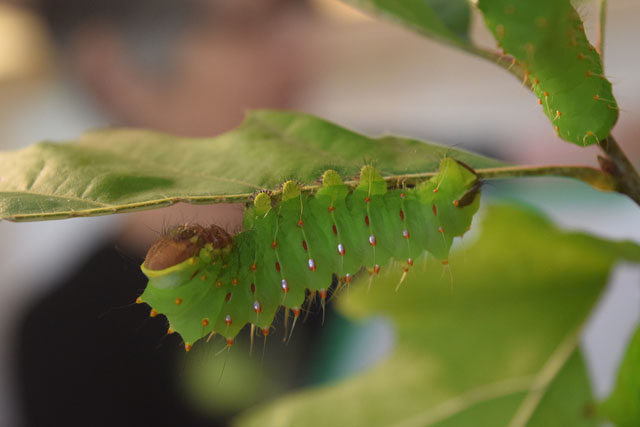
Polyphemus Moth Caterpillar © Ingrid Moncada
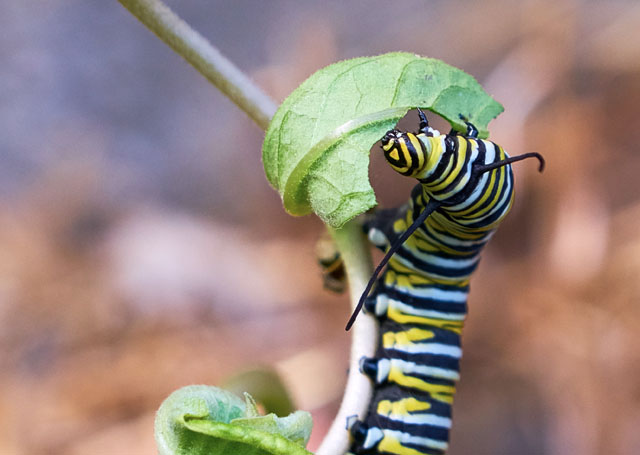
Monarch Butterfly Caterpillar © Sean Horton


